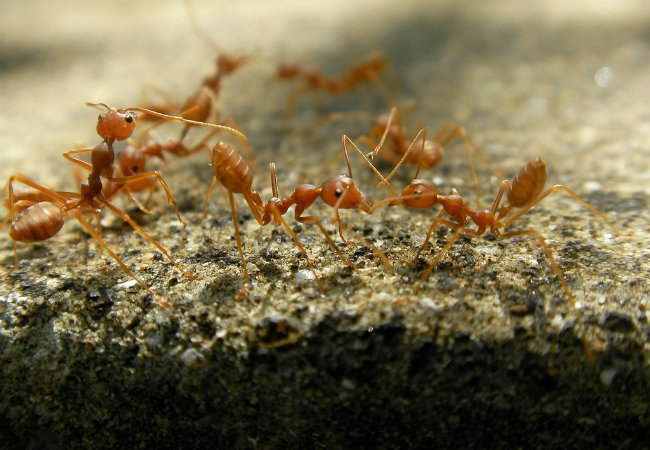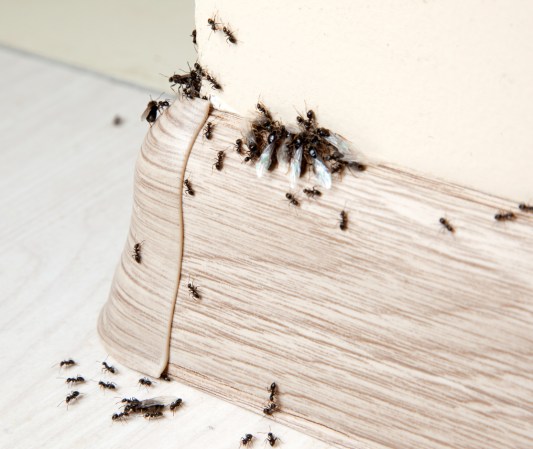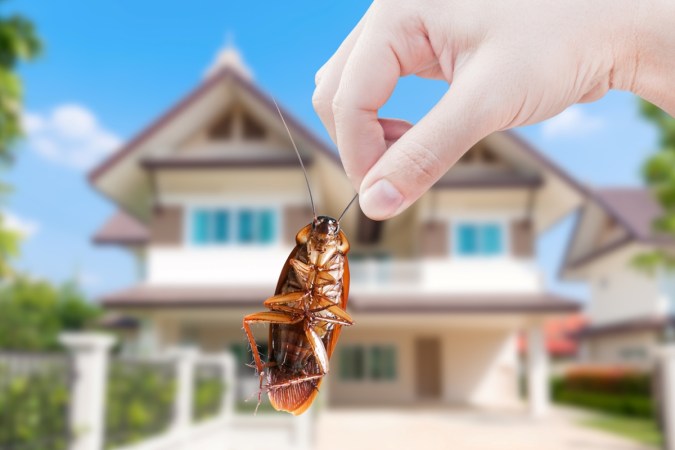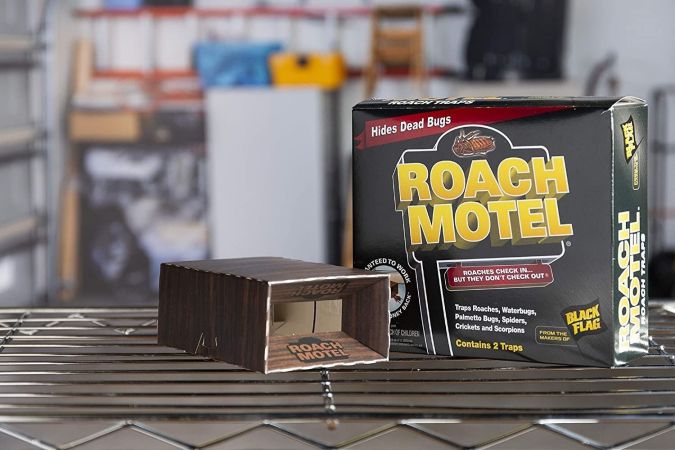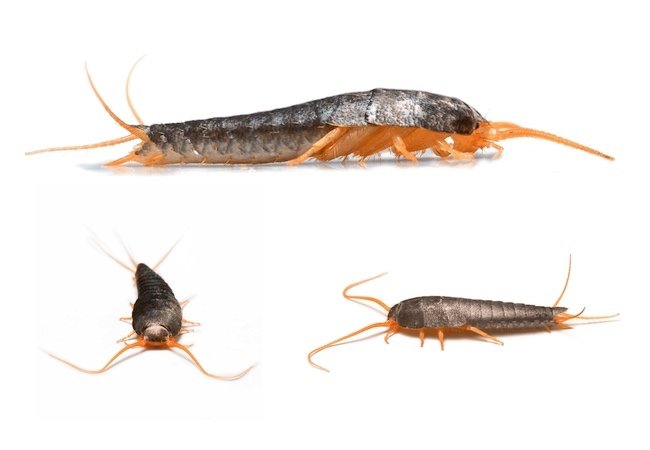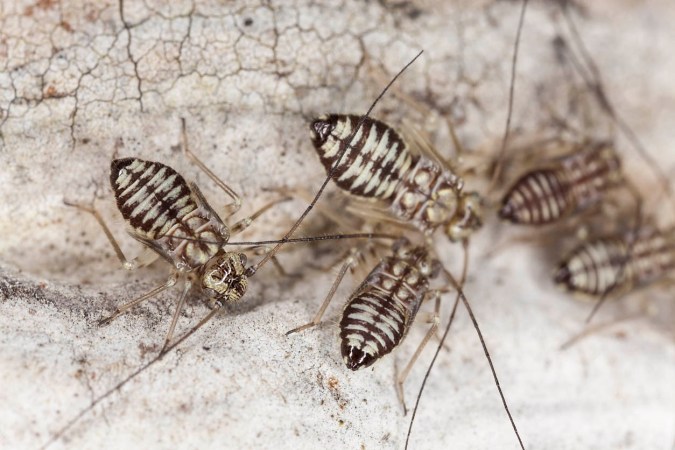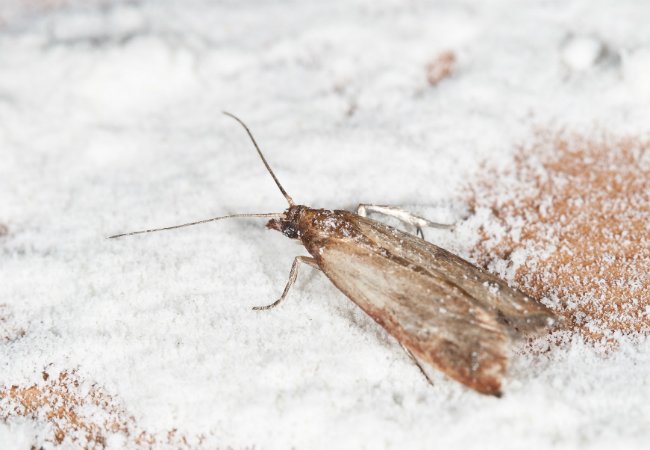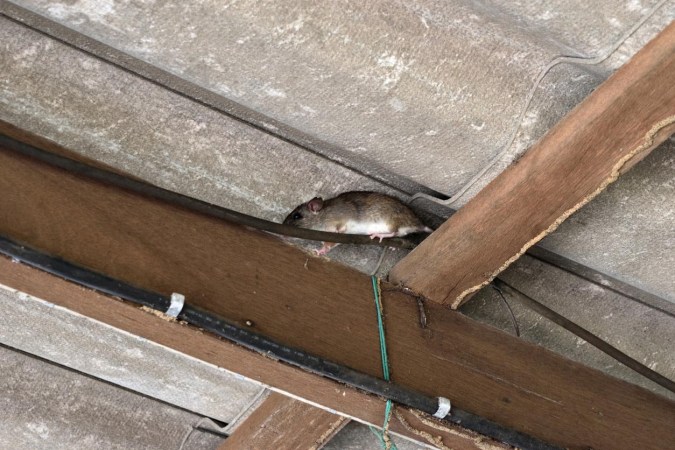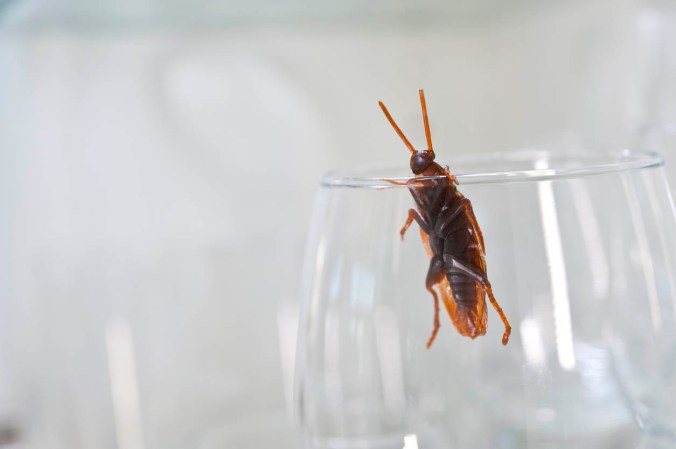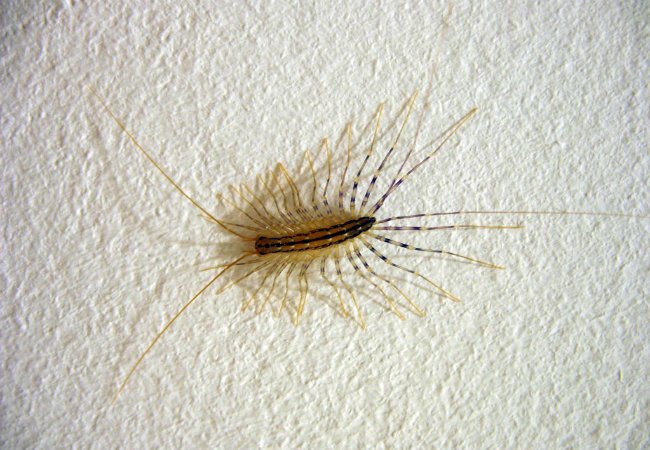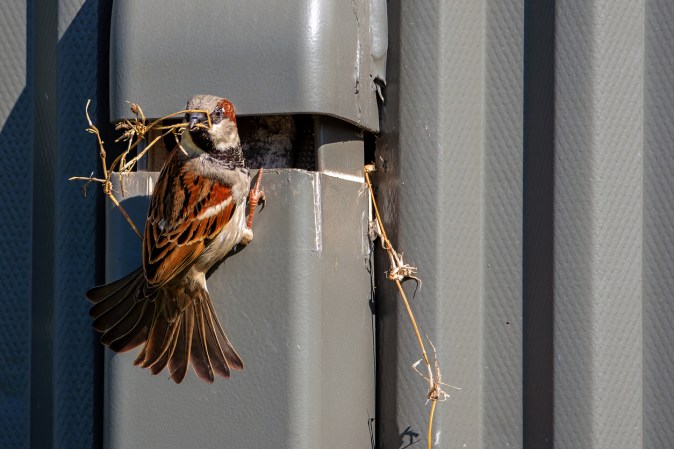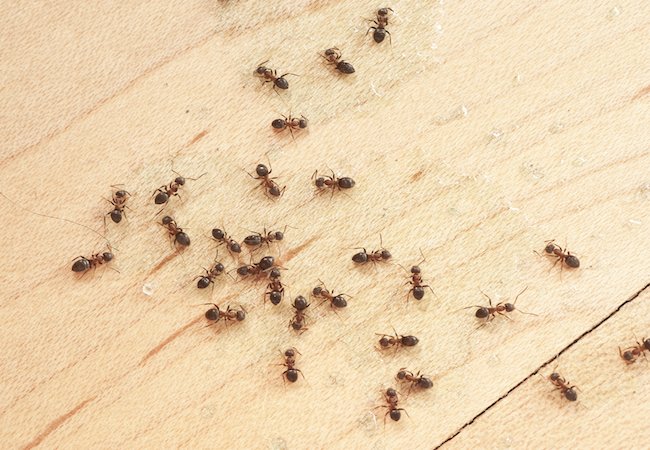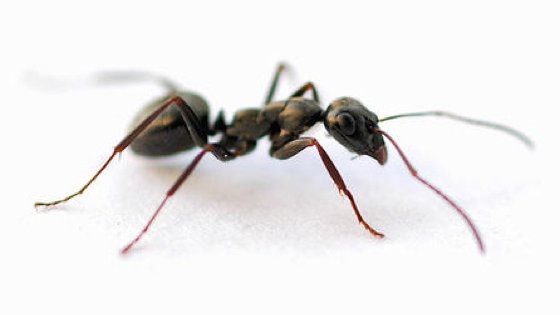We may earn revenue from the products available on this page and participate in affiliate programs. Learn More ›
Millions of people and animals are swarmed and stung every year by fire ants. Their burning (hence the name) bites are especially bad in the southern states, and bites typically occur when fire ant nests are disturbed, according to the National Institutes of Health (NIH).
The NIH also estimates that this invasive insect leads to billions of dollars in agricultural losses every year–that’s not counting medical costs for those who seek treatment from the stings. If you’re concerned about the potential damage these caustic creepy crawlers can cause your family and property, read on to learn how to get rid of fire ants and keep them away.

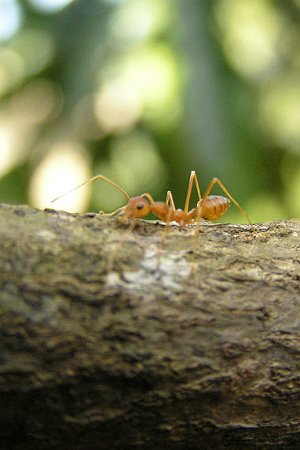
Understanding the Enemy: A Primer on Fire Ants
While there are indigenous ant species that aren’t particularly invasive or aggressive, the red imported fire ant (also known as RIFA) and the black imported fire ant (BIFA) are notoriously nasty insects.
The red fire ant is found in numerous southern and southwestern states, while the black fire ant is limited to Alabama, northern Mississippi, and parts of Tennessee. Both types of fire ants are aggressive, but because RIFA’s territory is much larger, it’s the main threat to humans, animals, and crops.
The fire ant’s main food source is plant sugars, making them a serious problem for farmers, but the ants also consume insects, rodents, birds, and reptiles. They lock onto victims with a powerful four-toothed mandible and then emit an alkaloid-based venom, leaving a red and white pustule in their wake.
The venom also contains proteins and peptides that can produce an allergic reaction. While only 5 percent of fire ant attacks are lethal to humans, hypersensitive individuals should get immediate medical attention if they are stung (the rest of us can just swear a bit and treat the area as we would a bee sting). Small pets and young livestock that disrupt a nest can also be killed by the ants, so get them treated if they are badly bitten.
How to Identify Fire Ants
To the casual observer, fire ants can be challenging to identify because they bear characteristics common to less-aggressive ants. Red fire ants are reddish-brown in color everywhere but their abdomen, which is translucent, brownish-black. Black fire ants are completely black with no other color variations.
Both types are relatively small in size when compared to other types of ants, ranging from 0.05 inches up to 0.2 inches. (For comparison, that’s the difference in size between the point of a sharpened pencil to the size of its eraser.) Fire ant sizes will vary within a single colony.
Fire ants may be easier to identify by their behavior: They’re out and about in the morning or late afternoon, they build a fire ant mound on the ground, and they’re quick to swarm any human or animal that disturbs their nests.

Fire Ants vs. Red Ants: What’s the Difference?
Red ants are larger overall than fire ants, ranging from around 1/3-inch up to 1/2-inches long, and they’re much less aggressive. While red ants (also called carpenter ants) can and will bite if they feel threatened they do not swarm, meaning an entire colony of red ants will not rush to attack a single animal or pet. Fire ants do swarm, and dozens of fire ants can swarm their victim and then all bite at the same time.
Rather than living in nests on the ground, red ants usually nest in trees and other available wood, such as wood piles or even the wood in sheds and houses. Red ants are most active at night, when fire ants are in their nests.
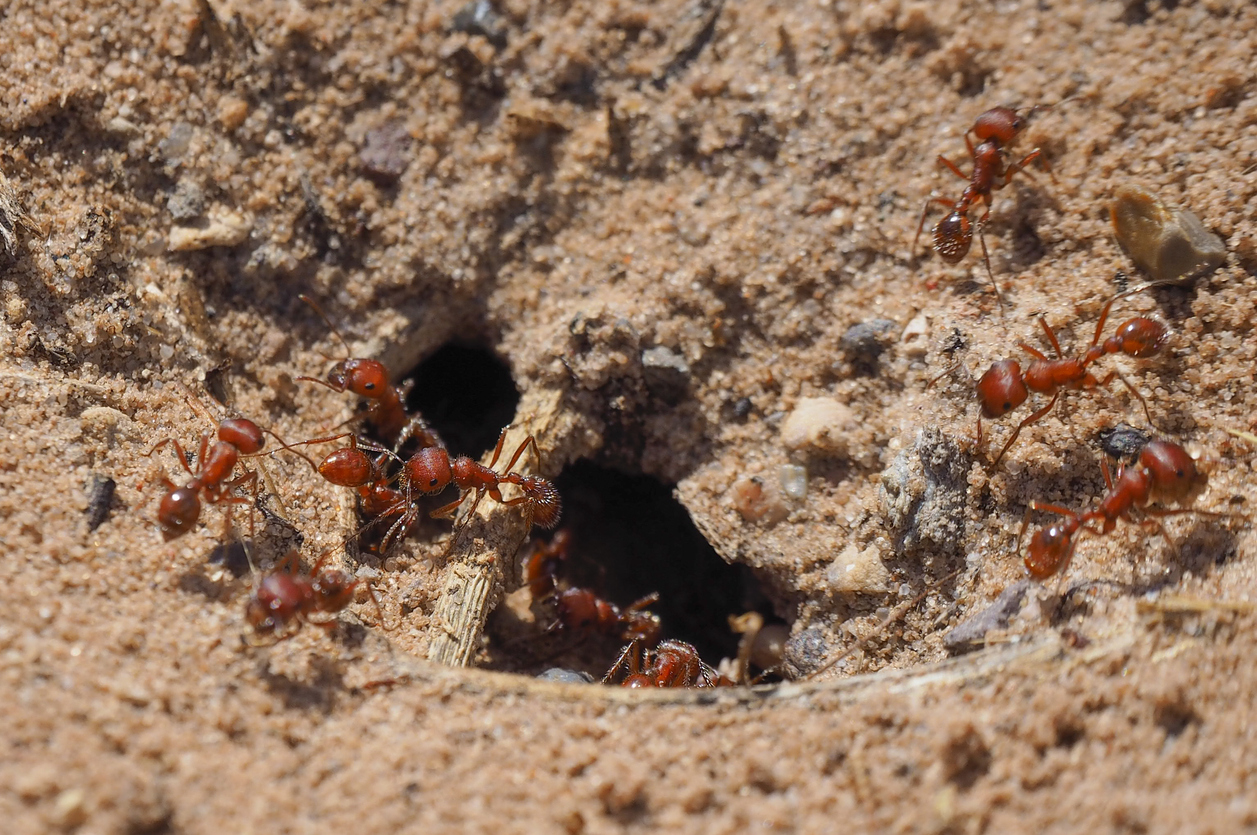
Finding Fire Ants on Your Property, Indoors and Out
Fire ants can stake their claim virtually anywhere—your home, lawn, driveway, you name it—and their nests aren’t always visible.
Spotting fire ants—or discovering they’re living somewhere nearby after being bitten—is a sure sign you need to find the nest and kill the colony. Just being bitten by an ant or two doesn’t mean the ants are fire ants, but it’s worth some investigation.
Fire ants prefer warm climates, which means that if you live in a northern state you likely don’t have to worry that the ants you find in your house or yard are fire ants. If you live in a southern clime where fire ants are common, the first step is to find the nest.
Locating the Fire Ant Nest
- Indoors: Fire ants may trek indoors, but they don’t build their nests inside. If you spot one or more fire ants inside your home, something is attracting the ants. Usually, it’s food that isn’t sealed, such as fruit on a countertop or even an open bag of dog food. Fire ants are most likely to be looking for food in the morning or late afternoon. Don’t get too close, but observe their path to determine where they’re nesting. If fire ants are going in and out through a gap in a window sill, for example, you’ll likely find their nest outdoors on the ground near the window.
- Outdoors: Looking for the telltale nest mounds that fire ants build is usually the simplest way to find them. According to Ortho, a national extermination company, fire ant mounds average up to 2 feet in diameter and up to about 1.5 feet high. However, individual colonies may be larger or smaller. Fire ants don’t have a preference for soil type, although they generally like sunny locations. Don’t immediately dismiss a smaller ant mound when looking for a fire ant nest—some colonies construct smaller surface mounds and then dig elaborate tunnels that can extend up to 25 feet away.
Choosing the Best Indoor and Outdoor Ant Insecticides
The most common way of eradicating fire ants—or discouraging nest-building to begin with is to treat a property with insecticides. Many natural- and chemical-based products are available to treat fire ants. The best type of insecticide for fire ants kills the pests without harming pets or humans.
- Indoors: Many insecticides are labeled for “outdoor use only” because they contain toxic chemicals that could be hazardous to other residents of the home. A non-toxic, natural product, such as food-grade diatomaceous earth, can be sprinkled along walls, in corners, and in the backs of cabinets where food is stored. The tiny particles in the powder cut the soft underbelly of the ants, after which they dehydrate and die. The product is not hazardous to either pets or humans.
- Outdoors: Stronger insecticides are suitable for treating fire ants outdoors. A product such as Ortho Fire Ant Killer starts to kill ants within minutes of treating the nest and can eradicate an entire colony.

5 Ways to Get Rid of Fire Ants
There are various ways to manage a fire ant infestation, and each method has its advantages and disadvantages. Bear in mind that any approach you take that involves standing close to the nest risks instigating a swarm and getting stung, so be sure to gear up with protective clothing before you begin. Whatever you do, never fight fire ants with fire. It’s extremely dangerous and ineffective to ignite a nest with gasoline.
Following are the most effective ways to kill fire ants, starting with the least resource-intensive and escalating to more involved—and successful—extermination methods.

Method 1: Douse the fire ant mound with boiling water.
Pouring boiling water on fire ant nests is an old-school approach. Though free, organic, and immediate, it’s not the most effective at getting rid of ant hills. The chances are slim that the water will reach the queen, which resides deep in the nest. Drenching the mound with liquid insecticide works somewhat better.
According to Texas A&M University, the boiling-water method works about 60 percent of the time. It certainly won’t hurt to try this method if you find a fire ant mound on your property and you have no other treatments at hand. Here’s what to do: Pour 2-3 gallons of boiling water (use care not to splash skin) directly on the mound. The best course of action is to wait until the fire ants are in their nest (usually in late evening), pour the water quickly, and then leave the area immediately. The fire ants that don’t perish may move to a different spot.
Method 2: Drench the ant hill with a pesticide.
A quick and effective way to eradicate a fire ant problem is to drench the mound with a liquid pesticide. This method is more effective than boiling water because the poison penetrates deeper into the ant pile. Liquid products, such as Bayer’s Tempo, are often highly concentrated; users should mix at least 2-3 gallons of solution according to the manufacturer’s instructions and use it to drench the ant hill. This product kills on contact and leaves active residue behind that kills other ants as they enter or exit the nest.
Bear in mind, though, that this technique is just as risky as the boiling water method because the designated ant exterminator has to stand close to the nest to pour the solution. You also risk spilling the insecticide on your body or splashing it in your face. We can’t stress enough how important it is to wear protective gloves, face coverings, and clothing, and proceed with caution.
Method 3: Bait worker ants in order to kill the fire ant queen.
Placing bait around a mound or in areas where nests may be hidden is a safe, reasonably effective means of fire ant management, though it’s not a quick fix. The ants take the bait and carry it deep inside their nest, ideally killing the queen.
If you want to try this method yourself, sprinkle a bait such as Amdro Fire Ant Bait Granules on the ground around the fire ant nest. You can also spread it over an entire lawn with a broadcast spreader. The goal is to have the worker ants gather the bait and carry it back to the nest, where any ants that eat it—including the colony queen—will die.
Method 4: Spread a broadcast insecticide treatment.
This is the best way to kill fire ants that have overtaken a sizable outdoor area. The ant-plagued homeowner can toss out handfuls of granules as if feeding chickens, and the ants will bring the granules home. This method is safer than pouring insecticide or boiling water on the nest because the homeowner doesn’t directly engage with the nest. However, some granules may be light sensitive and lose their lethal potency before the ants feed on them. A broadcast spreader is a more effective way to treat large yards.
A broadcast insecticide, such as Ortho’s Fire Ant Killer, treats an area up to 5,000 square feet and will remain potent for up to six months. Broadcast insecticides are also helpful at deterring fire ants that are looking for a new place to start a nest, so they are useful as preventatives as well as fire ant killers.

Method 5: Call in a professional exterminator.
Professional exterminators from one of the best pest control companies such as Orkin or Terminix have access to more potent insecticides than those sold over the counter.
Products such as Bayer’s Top Choice can be applied by a broadcast spreader, but it may only be used by a licensed professional due to the risk of killing aquatic life should it enter the water stream. Manufacturers of products like Top Choice are restricted from selling the insecticide to anyone other than a certified applicator.
A once-a-year treatment with Top Choice usually costs about $500 per acre, which is pricey but worth it if you’re truly overrun with fire ants. Another upside is that you won’t need to get close to a fire ant nest in order to kill the little buggers.

Final Thoughts
Fire ants are a problem in southern states. They’re much more aggressive than ordinary ants, and they can be difficult to identify unless you’re familiar with the species. In the past few decades, fire ants have shown up in more significant numbers in places where they find abundant food sources, especially if the food is sweet like grapes or cantaloupes.
Most people are not allergic to fire ant bites, but nevertheless find the painful bites miserably uncomfortable. When one fire ant bites, often, the bite is accompanied by dozens of other fire ant bites.
The risk to pets, humans, and crops is too significant just to ignore the pests, which are considered invasive. Both homeowners and renters who live in areas known for fire ants should take steps to eradicate the aggressive ants and deter them from setting up shop.
FAQs About How to Kill Fire Ants
Those who have grown up in states where fire ants are common are usually aware of the risk the ants pose and take steps to get rid of them promptly. For those new to the idea of fire ants, a few questions are likely.
Q. Why do ants bite?
Most ants bite only to protect their nest and colony. Fire ants bite for that reason, also, but they’re much quicker to anger, and biting is their first reaction.
Q. Does salt kill ants?
A saltwater solution will kill ants on contact if sprayed directly on the ants, but it also kills desired vegetation and remains in the soil. After the solution dries, the residual salt left behind won’t kill other ants.
Q. Does bleach kill ants?
Like salt, bleach will kill ants if sprayed directly on them. But it dries quickly and then it’s no longer effective.
Q. What attracts fire ants in your house?
They’re often attracted to food sources, such as fruit left out—especially if it starts to decay. They’re also attracted to other types of food they can easily access, such as dry cat and dog food.
Q. What is the fastest way to get rid of fire ants?
The quickest way is to find their nest and then drench it with an insecticidal solution.

